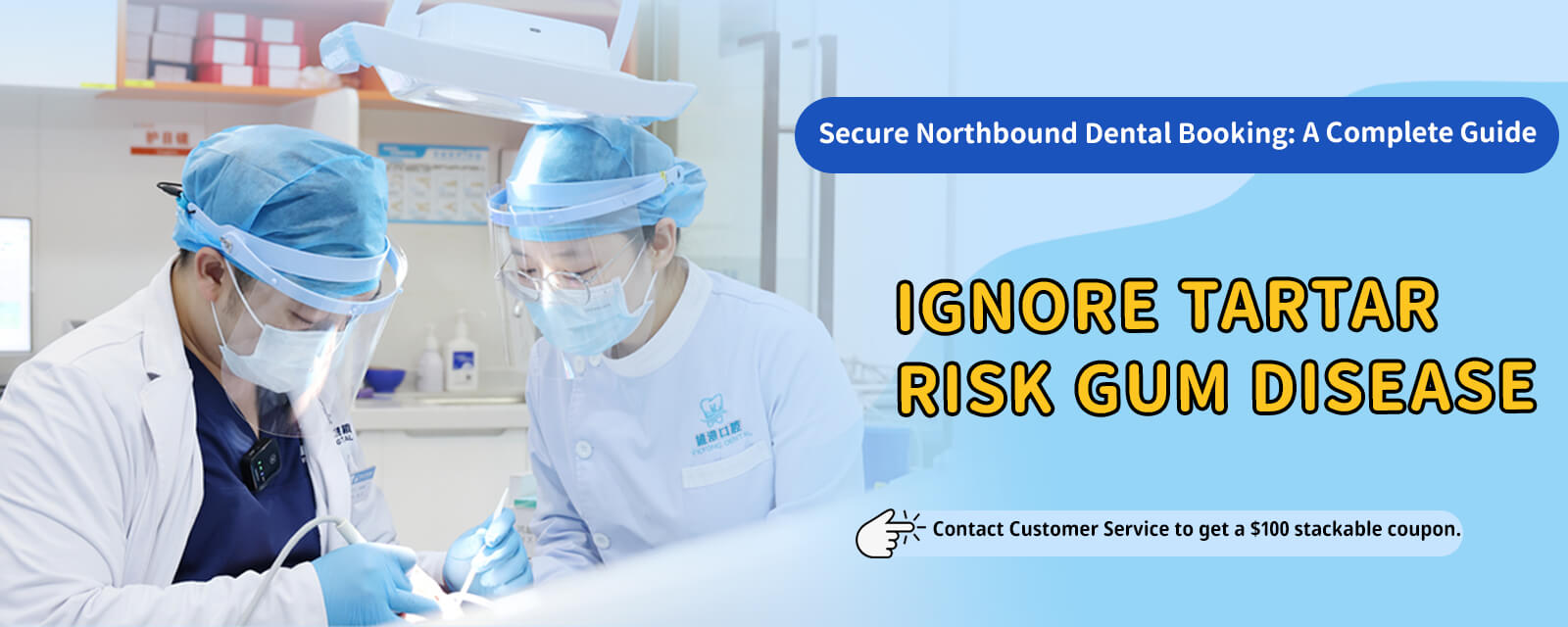Teeth Cleaning in Mainland China Do They All Use Ultrasonic Scaling Equipment Overview
Teeth Cleaning in Mainland China Do They All Use Ultrasonic Scaling Equipment Overview
Teeth Cleaning in Mainland China Do They All Use Ultrasonic Scaling Equipment Overview
Heading North for a Teeth Cleaning: Is It All Ultrasonic? Equipment Explained
In recent years, many people from Hong Kong travel to Mainland China for dental cleanings. One of the most common questions is: Do Mainland clinics always use “ultrasonic” cleaning? In short, most will use ultrasonic scaling, but not only that. A professional cleaning usually combines multiple instruments. Your dentist will choose tools based on how much tartar you have, your gum condition, and whether there’s any periodontal (gum) disease. The right mix improves both results and comfort.
What is ultrasonic scaling?
Ultrasonic scaling uses a powered scaler that vibrates a metal tip and sprays water to dislodge calculus (tartar) and plaque. There are two main types: piezoelectric and magnetostrictive. Piezo tips tend to feel crisp and “stiffer”; magnetostrictive units can sound a bit louder and have a different motion path. Benefits include high efficiency—great for removing surface calculus and mild periodontal deposits quickly. The water mist also creates a cavitation effect that helps reduce bacteria. For general stains and tartar around the gumline, starting with ultrasonic scaling is very common.
How do hand instruments complement ultrasonic?
Even when ultrasonic is used, dentists usually follow up with hand instruments for a thorough finish. Hand scaling includes curettes and scalers. Advantages: excellent tactile feedback to detect and remove tiny residual deposits, especially under the gums (periodontal pockets). Hand instruments are also suited for scaling and root planing (SRP). If you have sensitive teeth or deep pockets, hand finishing can feel gentler and more controlled.
What else is used besides ultrasonic?
- Sonic scaler: Lower frequency than ultrasonic; softer vibration. Often more comfortable for people with mild buildup or gum sensitivity, but slightly less efficient.
- Air polishing (Air-Flow): Uses glycine or erythritol powder with air and water to remove tea and tobacco stains and biofilm. Not strong enough for heavy calculus, but excellent for stain removal, cleaning around braces and fixed retainers, and maintaining dental implants.
- Rubber prophy cup with polishing paste: Finishing step to make tooth surfaces smoother and reduce new stain adherence.
- Pe

riodontal probe: Measures pocket depth and bleeding to decide whether deep cleaning (SRP)

is needed.
- Mirror, explorer, saliva ejector, and high‑volume suction: Improve visibility and keep the field clean and dry.
How do Mainland clinics usually choose instruments?
Most clinics use ultrasonic scaling as the primary method, plus hand instruments as needed; some add air polishing for stain management. If you have braces, dental implants, or metal restorations, clinicians typically switch to slimmer tips or lower power settings to reduce vibration on those devices. Professional clinics also use disposable barrier protection and sterilize metal instruments in an autoclave to ensure infection control.
Will ultrasonic scaling damage my teeth?
Many people worry it “thins the enamel.” With the correct angulation and appropriate power, ultrasonic tips target calculus and plaque rather than grinding enamel. Discomfort usually stems from underlying gum inflammation, exposed root surfaces at the neck of the tooth, or cold water sensitivity. Tell your dentist if you’re sensitive—they can lower the power, use warmed water, or start with hand scaling before ultrasonic to improve comfort.
Before-and-after cleaning tips
- If you have swollen gums, bleeding, or bad breath, you may need more than a routine cleaning. Ask about a periodontal assessment and whether deep cleaning (scaling and root planing) is required.
- Inform your dentist if you have a history of heart valve disease, recent surgery, or pregnancy.
- For 24–48 hours after a cleaning, avoid very hot or cold foods, dark‑colored foods, and very acidic or highly stimulating drinks to give your gums time to recover.
- Mild sensitivity and slight bleeding are common. Keep brushing gently and add floss or interdental brushes; symptoms usually improve within a few days.
- Schedule regular reviews and track periodontal indicators (pocket depth and bleeding on probing) with your dentist. Consistent follow‑up matters more than a one‑off clean.
Bottom line
A cross‑border cleaning is not “ultrasonic only.” The best results come from a tailored combo such as ultrasonic scaling plus hand scaling, and polishing and/or air polishing, based on your oral health. Understanding the tools and steps helps you set expectations with your dentist while improving comfort and cleaning quality. Wherever you go for care, diligent daily oral hygiene and regular checkups are the key to preventing periodontal problems.




